On July 27, several valuable prehistoric sites were newly added to the UNESCO’s World Heritage List. They bear a unique testimony to the development over millennia of the pre-agricultural yet sedentary Jomon culture.
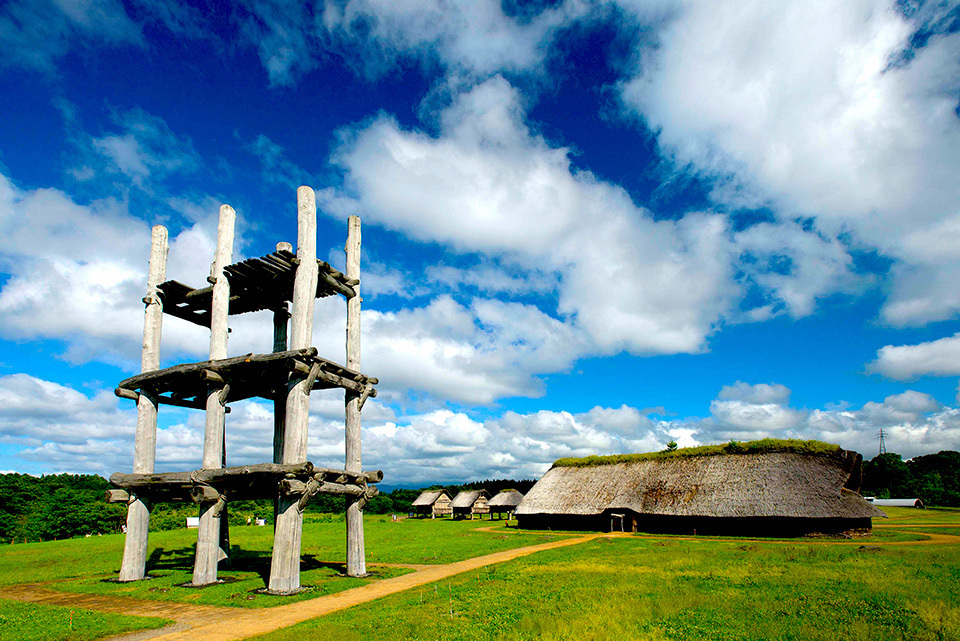
Sannai Maruyama is the site of a settlement that was maintained for two thousand years. Diverse facilities including large, pillar-supported buildings and roads were arranged methodically to form the infrastructure of a large-scale community.
The northern end of the Japanese archipelago is a verdant region abundantly blessed by nature. It is also the location of many valuable archaeological sites, indicating how people settled and lived in the area more than 10 thousand years ago. In July 2021, a number of these sites were registered as a UNESCO World Heritage cultural property under the title “Jomon Prehistoric Sites in Northern Japan.”
Japan’s Jomon Period lasted for more than 10 millennia, from approximately 13,000 B.C.E. to 400 B.C.E. That lengthy span of time coincides with the period in Europe stretching from the end of the Paleolithic age to the establishment of the Roman Empire. The Jomon Prehistoric Sites comprise 17 excavations scattered across four prefectures: Hokkaido, Aomori, Iwate, and Akita. It is a region of abundant water sources in the form of lakes, marshes, and rivers, with rich forests covering the terrain. In a bountiful land with stable food sources amenable to gathering, fishing, or hunting, people began to live together in communities and establish permanent settlements. One reason that the remains of Jomon settlements were deemed worthy of recognition as World Heritage sites is the rare evidence they provide of the development of non-agricultural sedentary societies.

Simon Kaner is executive director of the Sainsbury Institute for the Study of Japanese Arts and Cultures in the U.K., where he also heads the Centre for Archaeology and Heritage, and director of the Centre for Japanese Studies at the University of East Anglia. His choice of Jomon culture as a research subject began with the dogu clay figures that have fascinated him since he joined an archaeological dig in Japan during his college days.
Professor Simon Kaner, executive director of the Sainsbury Institute for the Study of Japanese Arts and Cultures in the U.K., where he also heads the Centre for Archaeology and Heritage, and director of the Centre for Japanese Studies at the University of East Anglia, speaks of the appeal of the Jomon sites. “A remarkable thing about the Jomon Period is the diversity of its pottery culture, from its earliest stages to its last. Pottery shards have been found at the Odai Yamamoto Site in Aomori Prefecture that date back 16 thousand years, which makes the site one of the most ancient pottery-using places in the world.” The pottery found in Africa, the second most ancient pottery-using area in the world, is from approximately 11 thousand years ago.
Professor Kaner continues, “Why was pottery made from such an early time in the Jomon Period? Scholars all over the world are looking for a reason, but unfortunately, we have not yet arrived at an answer. Burnt food residue has been discovered on some of the shards, suggesting that Jomon people were interested in cooking. There is a great deal to tickle the imagination, which makes it fascinating.”
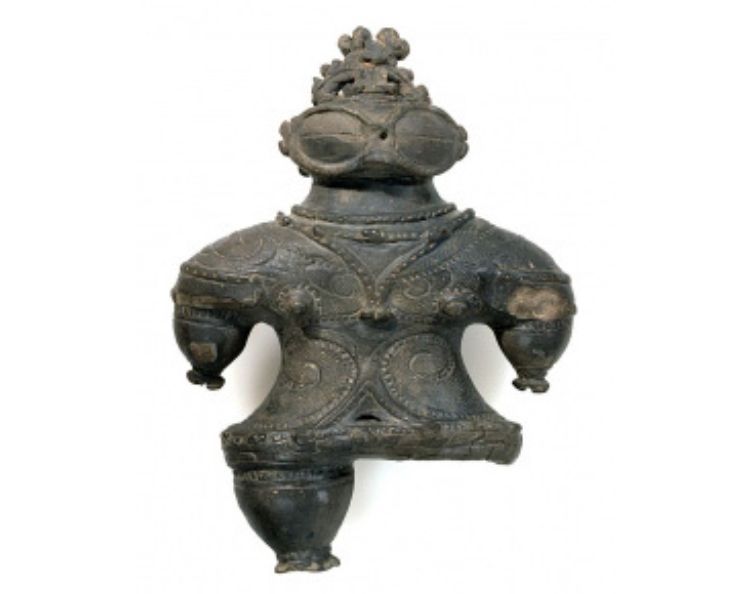
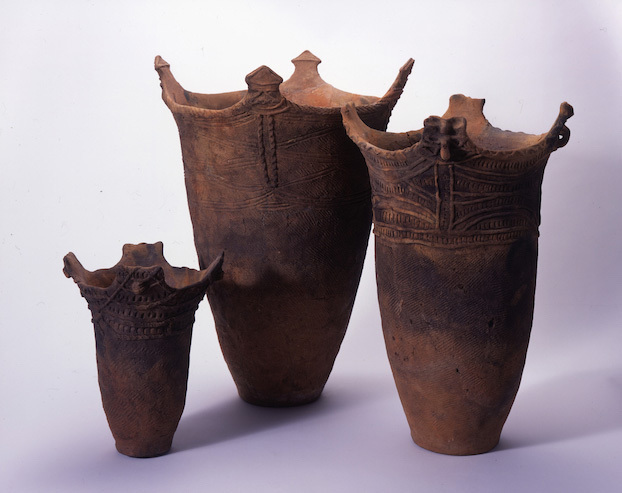
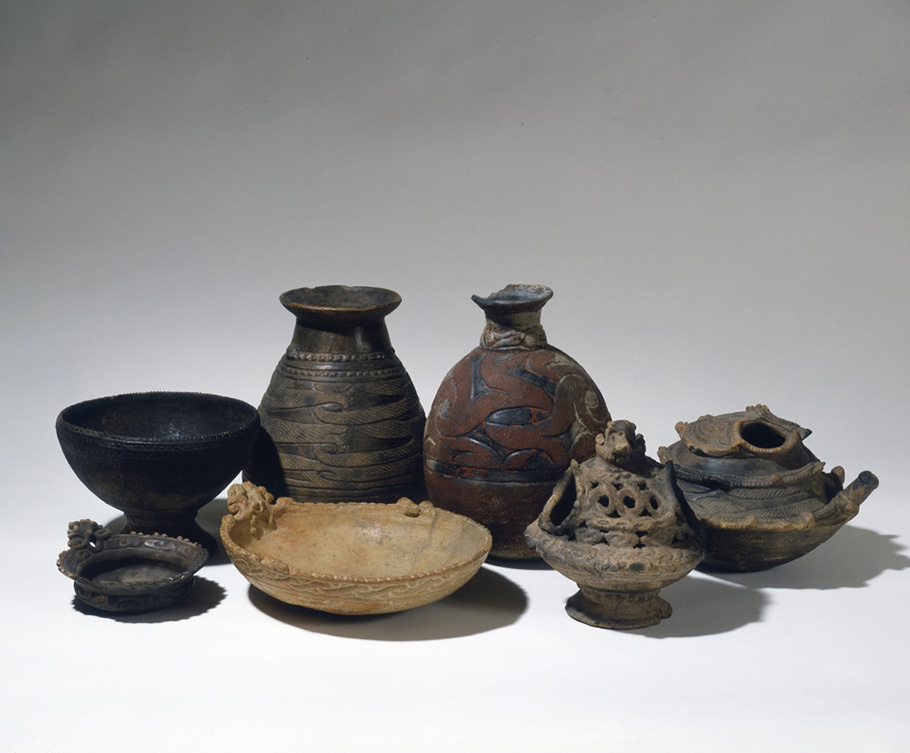
Left to right: A large “goggle-eyed” clay figure excavated at the Kamegaoka Burial Site in Aomori Prefecture; a decorated cylindrical earthenware pot from the Goshono Site in Iwate Prefecture; a wide variety of pottery from the Korekawa Site in Aomori Prefecture.
From top left: A large “goggle-eyed” clay figure excavated at the Kamegaoka Burial Site in Aomori Prefecture; a decorated cylindrical earthenware pot from the Goshono Site in Iwate Prefecture; a wide variety of pottery from the Korekawa Site in Aomori Prefecture.
Professor Kaner is particularly attracted to stone circles, a number of which are part of the cultural property at the sites, including the Oyu Stone Circles and the Isedotai Stone Circles, both in Akita Prefecture. Numerous implements thought to have been used in rituals have been found at the same sites, suggesting that various rites and ceremonies were conducted across multiple generations during the Jomon Period. The Oyu Stone Circles is one of the clearest example of this idea, for they are composed of two rows of regularly spaced stones in sundial formation, with buildings, storage pits, and graves arranged around the circular setting.
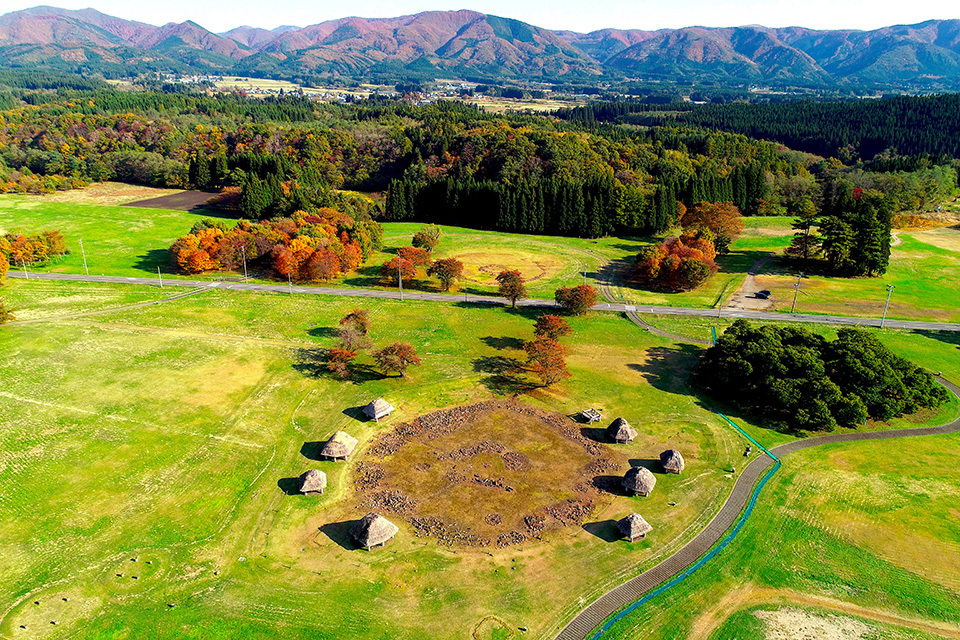
A large cemetery is believed to lie under the stones of the Oyu Stone Circles. Numerous ritual implements such as stone daggers have been unearthed at the site.
Professor Kaner is conducting a comparative study between the Jomon circles and the various circles found in Britain. He says, “It is quite rare to find stone circles among non-agricultural societies. Not only did the societies of the Jomon Period build permanent settlements despite them being fisher-gatherer-hunters; it seems likely that their societies were closely associated with particular places, or landscapes, too. Burying people who were destined to become your people’s ancestors in monuments is an effective way of ‘staking your claim’ over such places and landscapes, and performing rites in particular seasons was as important for them as it was for agriculturalists.”
A visitor to these sites is sure to gain a sense of how life was lived in those days, so many millennia ago. Professor Kaner says with a smile: “They say that contemplating beautiful scenery contributes to a person’s well-being. What better way to travel than to nourish your soul by seeing an archaeological site surrounded by beautiful scenery, and then enjoying some delicious Japanese food!”
Photos courtesy of Jomon Archives
Read about another site also newly added to the World Heritage list.
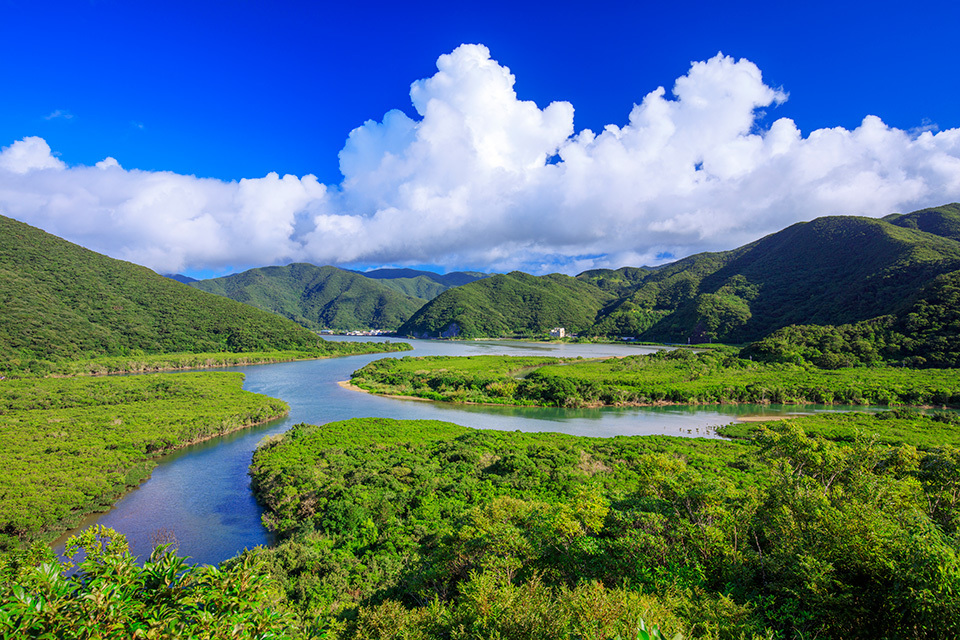
New World Natural Heritage Site Shows Unique Biodiversity






























